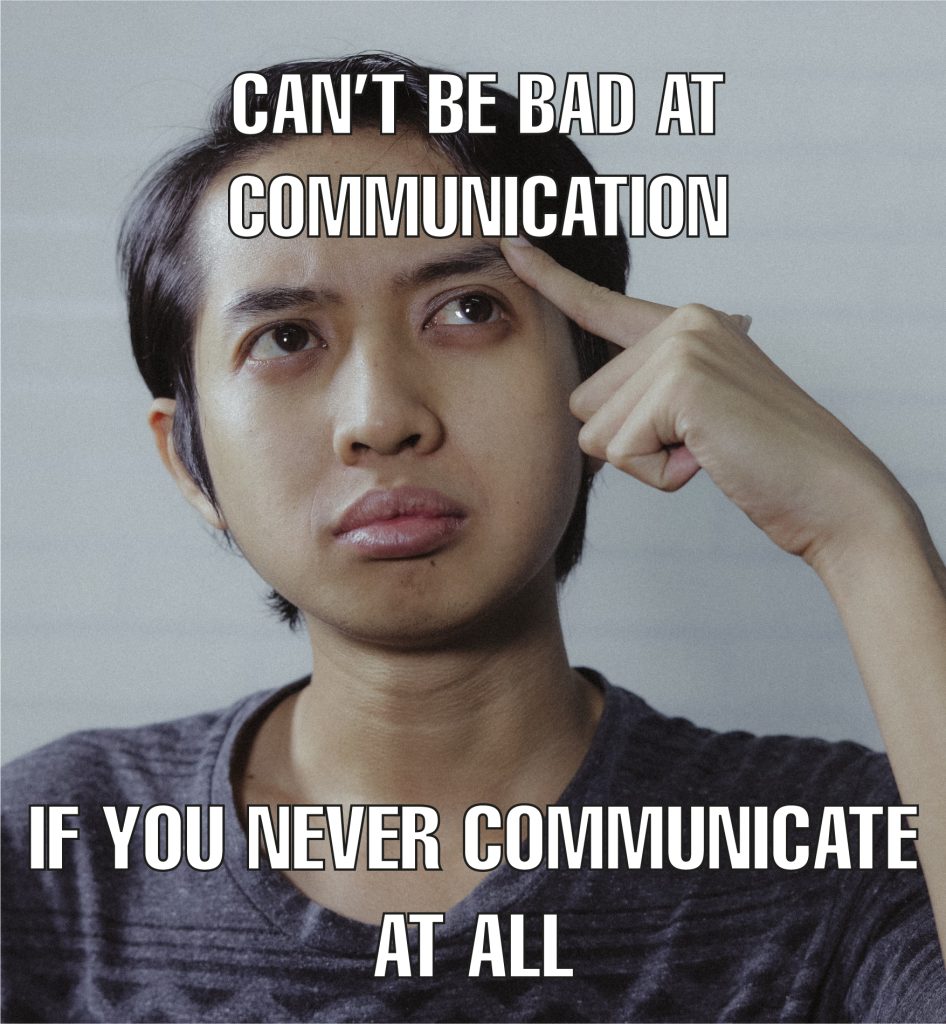60% - 80%
OF REMOTE WORKERS USE THIS COMMUNICATION CHANNELS





OF REMOTE WORKERS USE THIS COMMUNICATION CHANNELS





90% OF COMMUNICATION IS VERBAL
Verbal and non-verbal communication are both parts of human conversation however, it is important to mention that non-verbal communication is more prevalent than verbal communication. The first person who pointed out that non-verbal communication takes ¾ of conversation is Ray Birdwhistell. It is evident that non-verbal communication – eye contact, smiling, gestures and body movement heavily influence how people interpret and react to information. Body language can provide insight into how a person feels and it may be the opposite of what someone is conveying when verbally communicating as people do not always say what they mean. This proves that digital communication is difficult. Taking into consideration that when people communicate digitally, they are not able to see each other and it is difficult to interpret the non-verbal signals when the individuals do not see each other. The 21st century is the century of technology and digital communication confirming that there are many difficulties when people communicate online. This means that there are points of interruption during communication.



